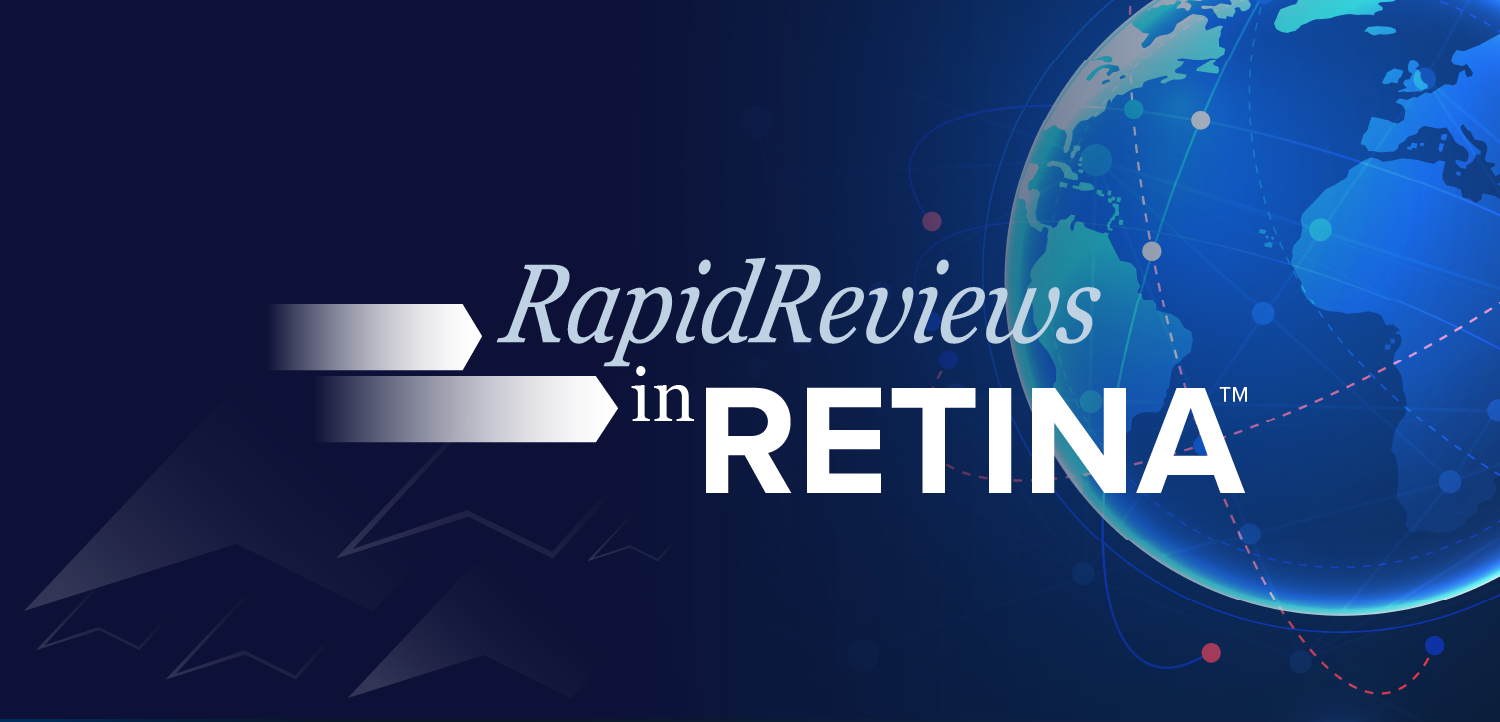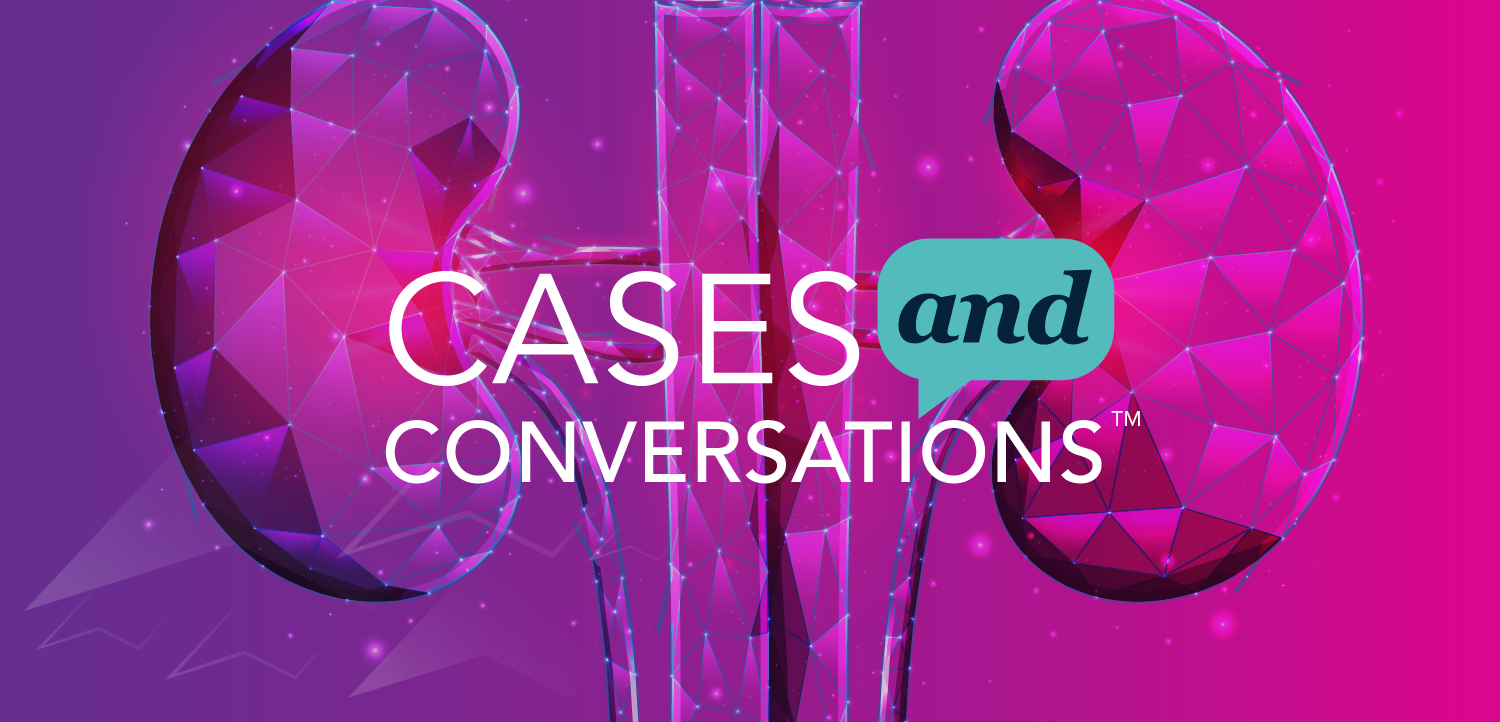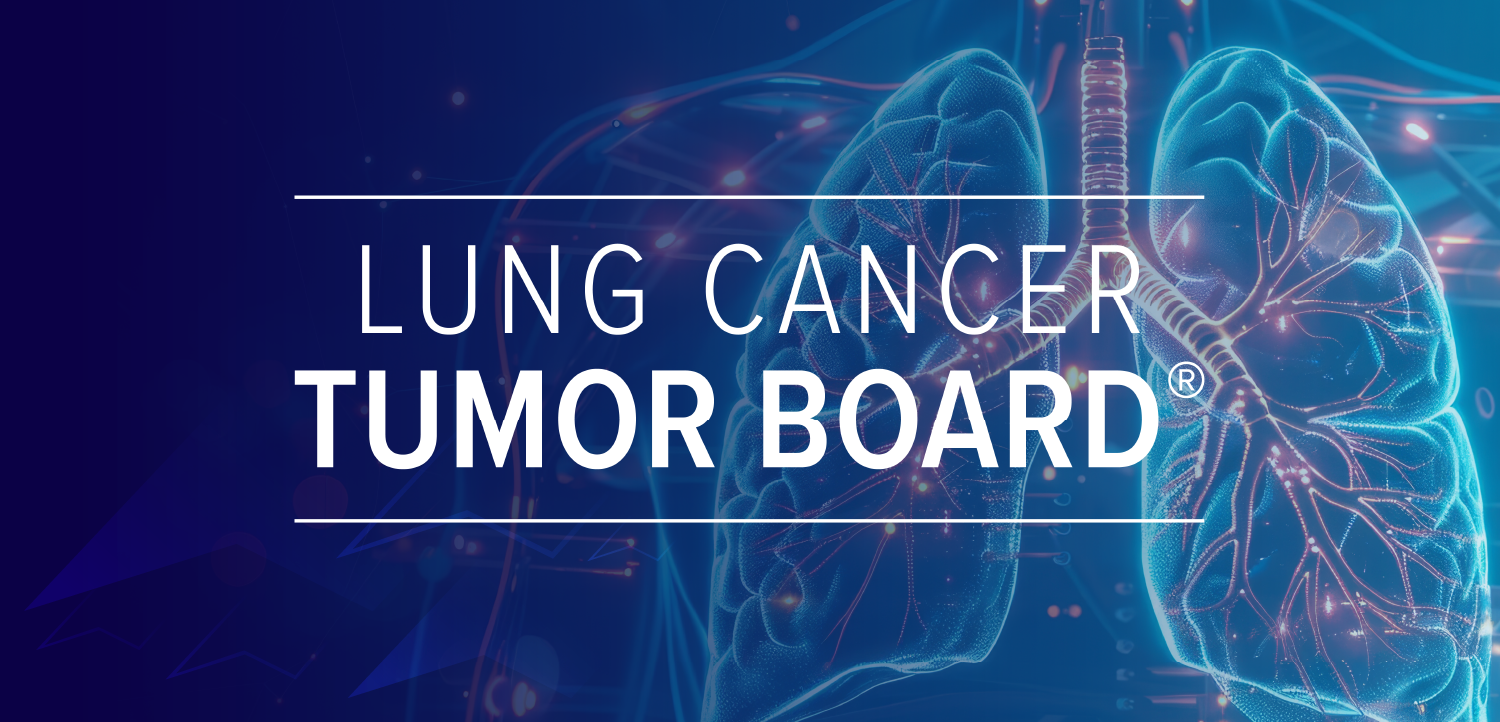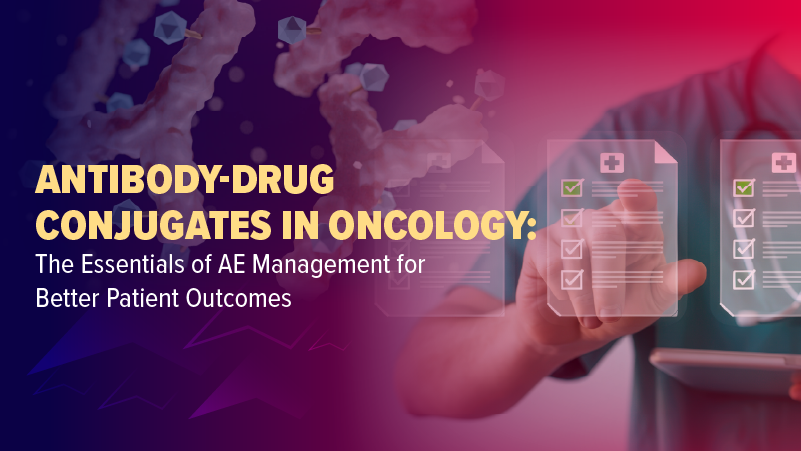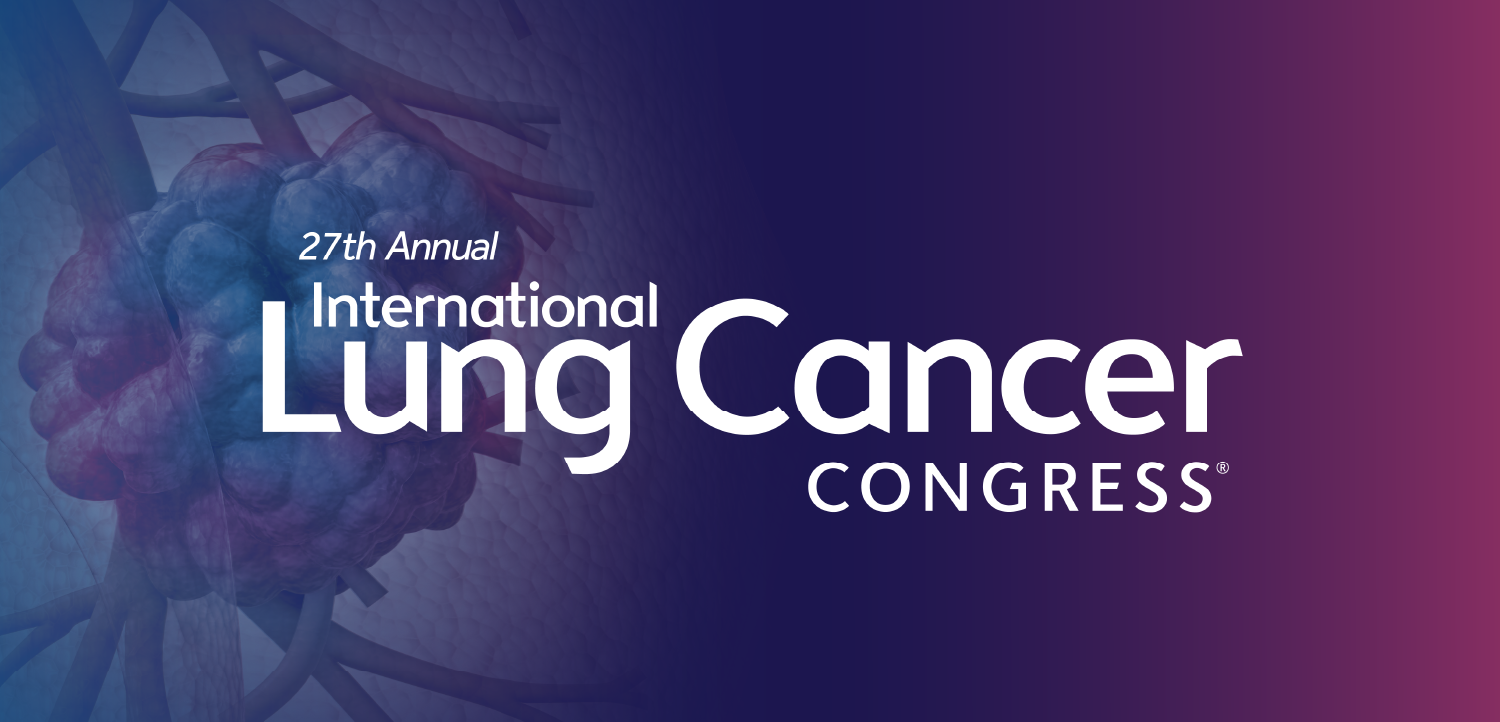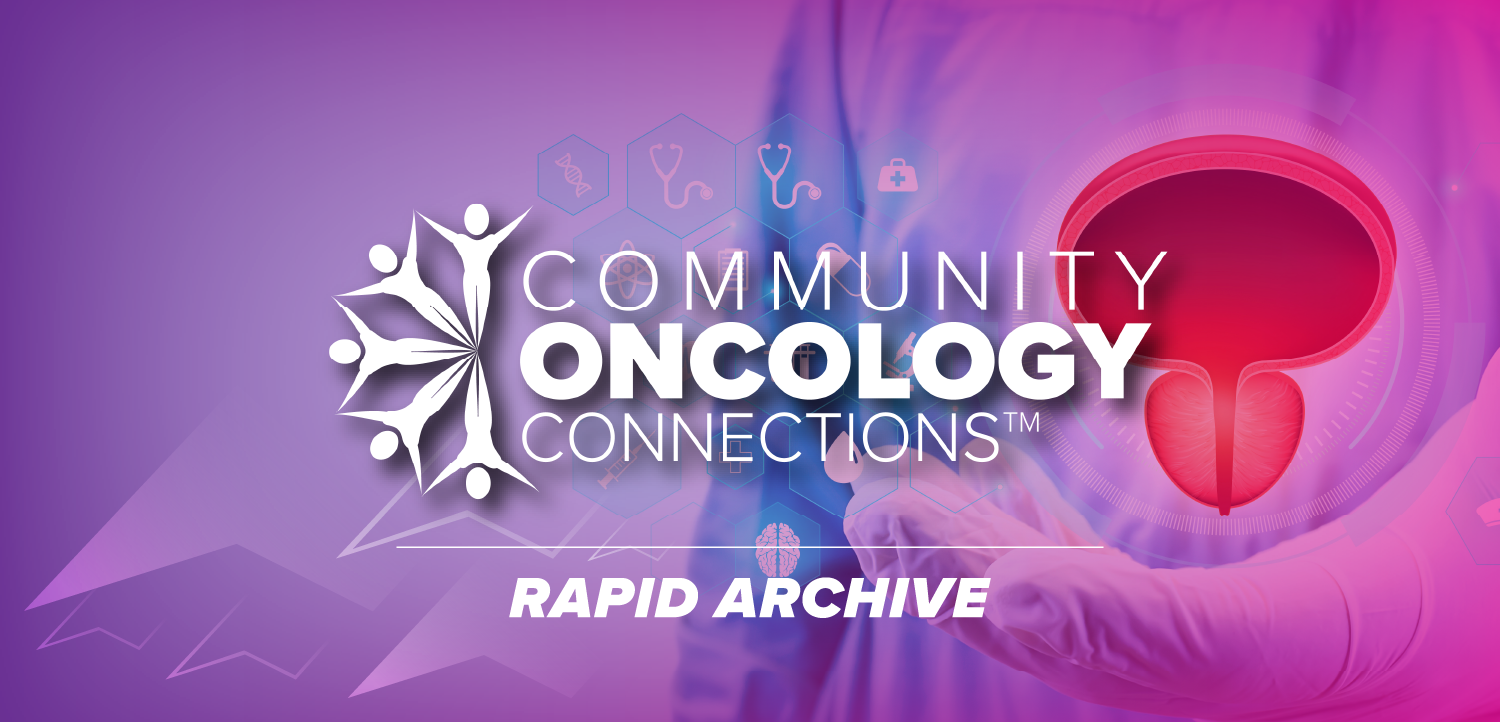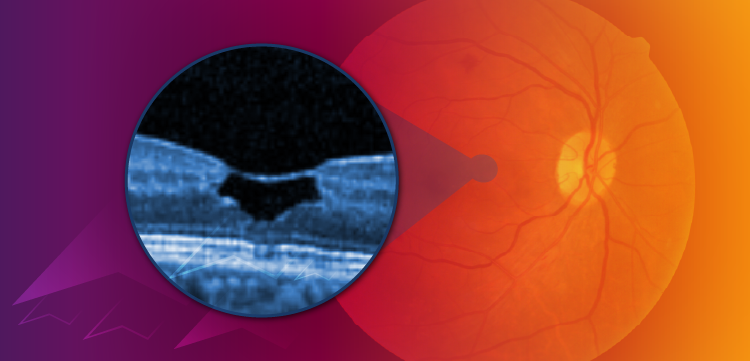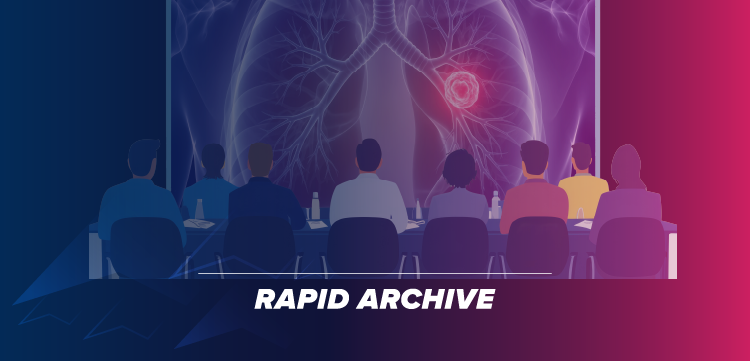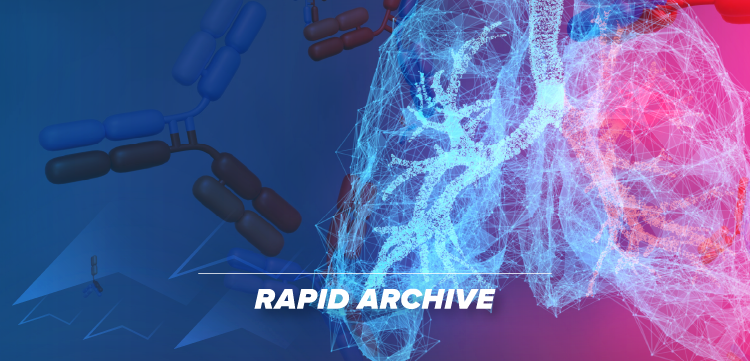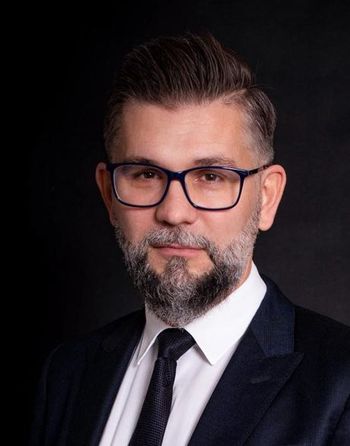
ASA: tPA Increasingly Common for Childhood Stroke
SAN FRANCISCO -- Activase (alteplase, tPA), the thrombolytic tissue plasminogen activator, is increasingly being used for childhood ischemic stroke even though it has only been evaluated for safety and efficacy in adults and there are no pediatric guidelines, researchers said here.
SAN FRANCISCO, Feb. 8 -- Activase (alteplase, tPA), the thrombolytic tissue plasminogen activator, is increasingly being used for childhood ischemic stroke even though it has only been evaluated for safety and efficacy in adults and there are no pediatric guidelines, researchers said here.
Among 360 children in a stroke registry, 16 (4.4%) received tPA and the majority of these were treated in the second half of the 2003 to 2006 study period, said Catherine Amlie-Lefond, M.D., of the Medical College of Wisconsin in Milwaukee, at the American Stroke Association meeting.
Of these 16 children, seven received tPA later than the adult window of three hours.
The results for the 16 were not benign, as only two children had a normal neurologic outcome and two had a cerebral hemorrhage.
"Safety and dosing studies of tPA in childhood stroke are urgently needed to provide a basis for age-appropriate guidelines," Dr. Amlie-Lefond said. "Physicians are ready to intervene and recognize the impact of childhood stroke, but they have no guidelines."
In their analysis of the International Paediatric Stroke Study, the time from symptom onset to tPA treatment ranged from as little as 20 minutes all the way out to 52 hours (median four hours), the Milwaukee group found. Most were severe ischemic strokes.
The study included only children older than one month. Ages ranged from two months to 15 years for intravenous tPA and 2.9 years to 17 years for intra-arterial tPA for an overall median of 12 years.
Outcomes were generally poorer than have been reported for adults, Dr. Amlie-Lefond said. She reported:
- 12 cases of neurologic or cognitive deficit or both (including all nine who received intra-arterial tPA).
- One death in a child that was deemed probably unrelated to tPA.
- One amputation secondary to femoral artery thrombosis in a child given intra-arterial tPA.
- Two cerebral hemorrhages.
Prior studies have shown a 10% mortality rate from childhood arterial ischemic stroke and long-term deficits in 60%.
Newsletter
Enhance your clinical practice with the Patient Care newsletter, offering the latest evidence-based guidelines, diagnostic insights, and treatment strategies for primary care physicians.




